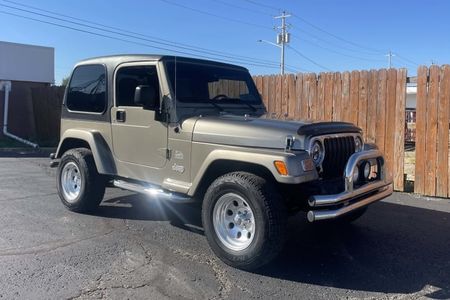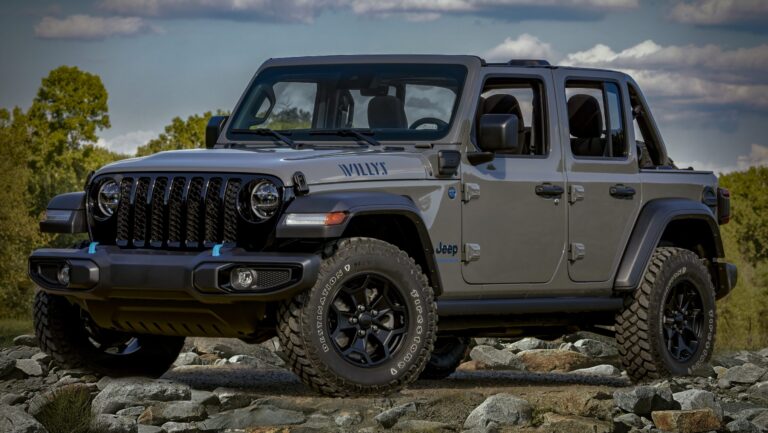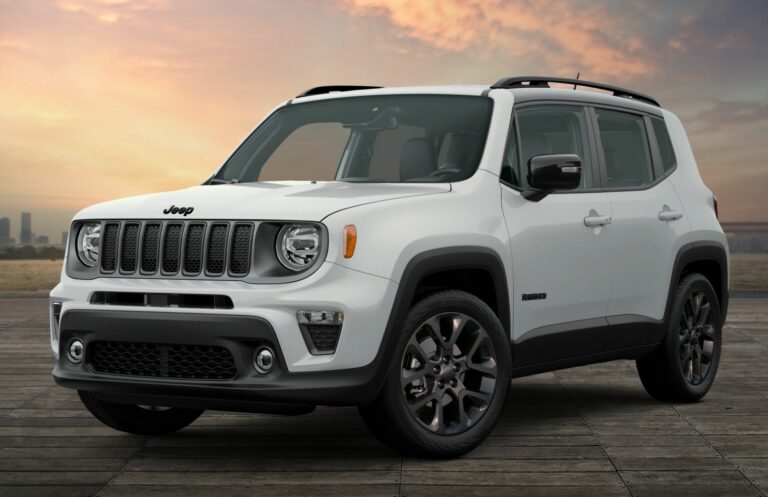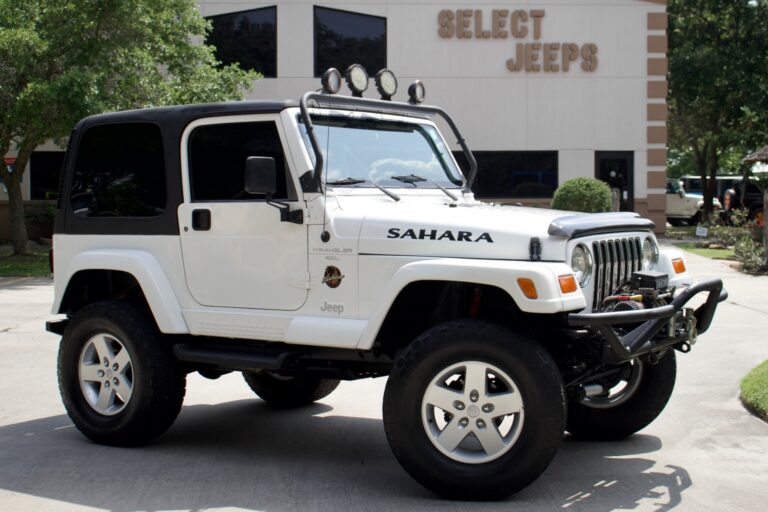Unveiling the Powerhouse: What to Know About a Jeep SRT8 (and Why "2004" is a Myth)
Unveiling the Powerhouse: What to Know About a Jeep SRT8 (and Why "2004" is a Myth) /jeeps.truckstrend.com
The allure of a high-performance SUV is undeniable – the practicality of an all-terrain vehicle combined with the heart-pounding acceleration of a sports car. For many, the Jeep SRT8 perfectly embodies this thrilling duality. However, if you’re searching for a "2004 Jeep SRT8 For Sale," you might be looking for a unicorn. It’s crucial to clarify from the outset: the Jeep Grand Cherokee SRT8, as a factory production model, was first introduced for the 2006 model year, not 2004.
This article will serve as your comprehensive guide to understanding the legendary Jeep SRT8, particularly the first generation (WK, 2006-2010), which is likely what someone inquiring about a "2004" model is thinking of. We’ll delve into what makes this vehicle so special, what to consider when buying a used one, and why it continues to command attention in the performance SUV market.
Unveiling the Powerhouse: What to Know About a Jeep SRT8 (and Why "2004" is a Myth)
The Genesis of a Legend: The Jeep Grand Cherokee SRT8 (WK)
The SRT (Street & Racing Technology) division of Chrysler was responsible for injecting high-octane performance into various Dodge, Chrysler, and Jeep vehicles. When they turned their attention to the Grand Cherokee, the result was nothing short of revolutionary. While the 2004 Grand Cherokee was indeed a robust SUV, it wasn’t until the WK generation (2005-2010) that it received the full SRT treatment.
The 2006 Grand Cherokee SRT8 burst onto the scene, shattering preconceptions of what a Jeep could be. It wasn’t just a powerful engine crammed into an SUV; it was a meticulously engineered performance machine designed to dominate both the street and, surprisingly, even the track.
Key Defining Features of the First-Gen (WK) SRT8:
- Engine: The heart of the beast was the 6.1-liter HEMI V8 engine, producing a formidable 420 horsepower and 420 lb-ft of torque. This allowed the heavy SUV to sprint from 0-60 mph in a breathtaking 4.6-5.0 seconds (depending on conditions and driver), making it one of the quickest SUVs of its time.
- AWD System: Unlike standard Grand Cherokees, the SRT8 featured a specialized full-time all-wheel-drive system (Quadra-Trac Active On Demand) with a heavily revised drivetrain to handle the immense power. It was designed for on-road performance, not off-roading.
- Suspension & Brakes: The SRT8 received a significantly lowered and stiffened suspension, performance-tuned Bilstein shocks, and massive Brembo brakes (14.2-inch front, 13.8-inch rear) with four-piston calipers, ensuring it could stop as fast as it accelerated.
- Exterior & Interior: Distinctive styling cues included a unique front fascia, a rear diffuser with dual exhaust outlets, side skirts, and 20-inch forged aluminum wheels. The interior featured bolstered performance seats, SRT badging, and carbon fiber accents.
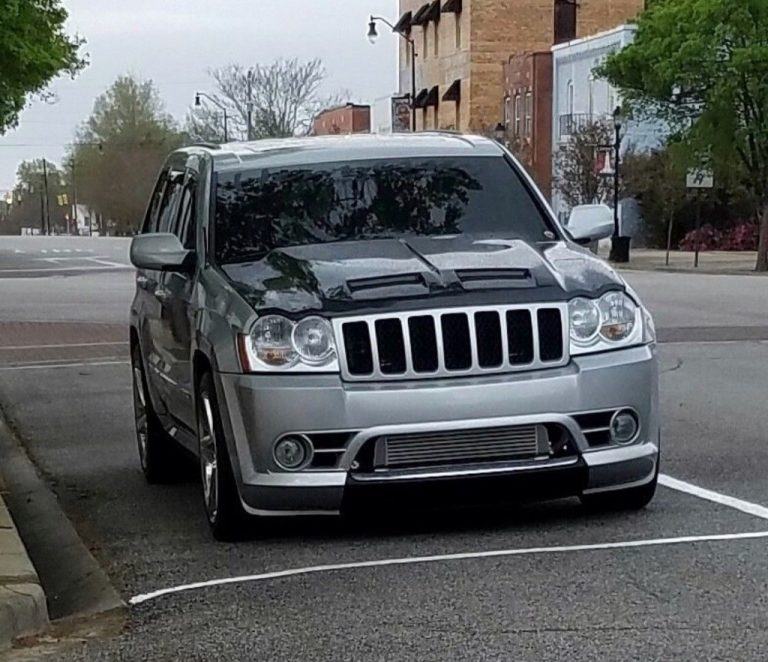
Why the Grand Cherokee SRT8 Continues to Captivate Buyers
Despite being over a decade old, the first-generation Jeep Grand Cherokee SRT8 remains a highly sought-after vehicle for several compelling reasons:
- Unmatched Performance for the Price: Few vehicles offer this level of raw V8 power, acceleration, and handling prowess for its current market value. It punches far above its weight class.
- Sleeper Appeal (Sort Of): While its aggressive styling hints at its capabilities, many still underestimate its true performance potential, leading to satisfying surprises for unsuspecting drivers.
- Practicality: It’s still a Grand Cherokee at its core, offering comfortable seating for five, ample cargo space, and the utility of an SUV for daily driving or family duties.
- Distinctive Presence: The SRT8 stands out. It’s muscular, purposeful, and commands attention without being overly ostentatious.
- Modding Potential: For enthusiasts, the 6.1L HEMI engine offers a strong platform for further performance modifications, from superchargers to camshaft upgrades.
- Collector’s Item Status: As fewer well-maintained examples exist, the first-gen SRT8 is slowly gaining appreciation among collectors who value its historical significance as a pioneer in the performance SUV segment.
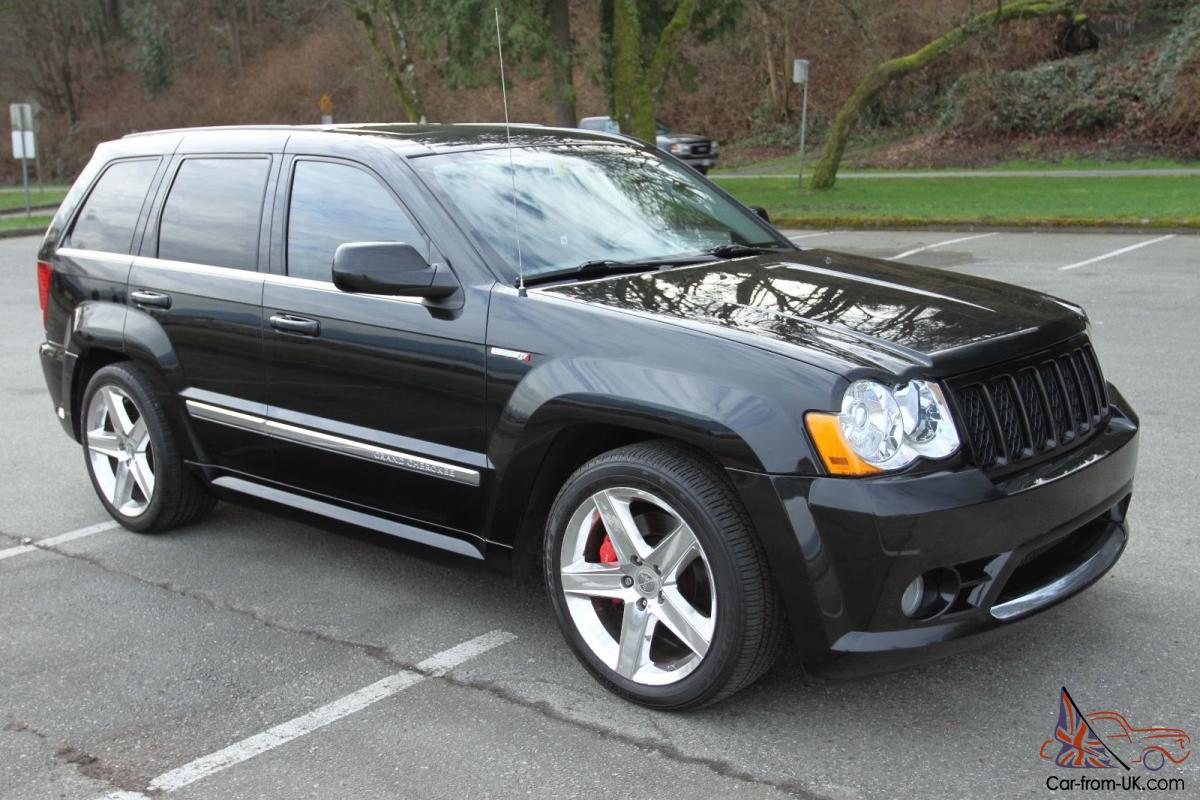
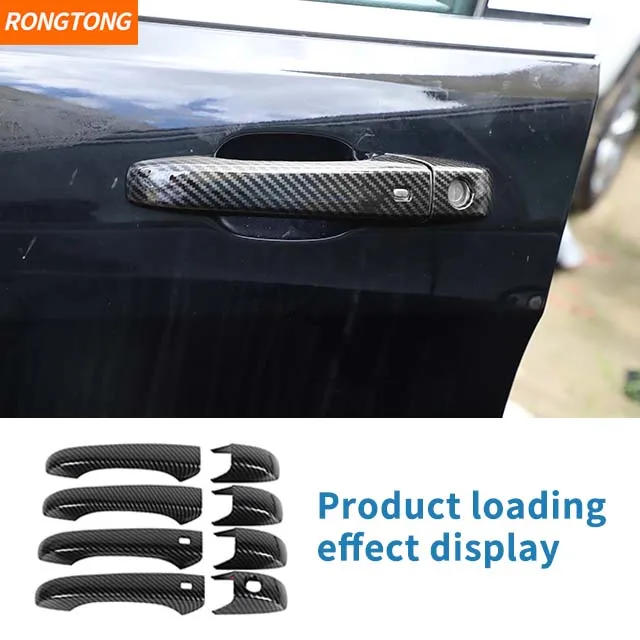
Navigating the Used Market: What to Look For When Buying a Used SRT8
Finding a well-maintained Grand Cherokee SRT8 from 2006-2010 requires diligence. These vehicles were often driven hard and modified. Here’s a checklist of critical areas to inspect:
- Engine Health (6.1L HEMI):
- Oil Consumption: Some 6.1L engines can consume oil; check dipstick levels and ask about frequency of oil top-offs.
- Lifter Tick/MDS Issues: Listen for any ticking noises, especially on startup. While the 6.1L doesn’t have MDS (Multi-Displacement System) like later HEMIs, lifter wear can still occur.
- Warning Lights: Ensure no Check Engine Light (CEL) or other warning indicators are illuminated.
- Maintenance Records: Crucial for any high-performance vehicle. Look for regular oil changes with synthetic oil, transmission fluid flushes, and coolant changes.
- Transmission (W5A580 5-Speed Auto):
- Smooth Shifts: Test drive to ensure shifts are smooth, without harshness, slipping, or delayed engagement.
- Fluid Condition: If possible, check the transmission fluid for color and smell (should be red/pink, not dark or burnt).
- Drivetrain (AWD System):
- Noises: Listen for clunks, whines, or grinding from the transfer case or differentials, especially during turns or acceleration.
- Fluid Changes: Ask about differential and transfer case fluid service history.
- Brakes (Brembo System):
- Rotor Condition: Check for deep grooves or warping. Replacement Brembo rotors and pads are expensive.
- Brake Fade: During a test drive, ensure consistent braking performance.
- Suspension:
- Shocks/Struts: Check for leaks or excessive bounce. Replacement Bilstein shocks are specific to the SRT8.
- Bushings: Inspect suspension bushings for cracks or wear, which can lead to clunks or loose steering.
- Alignment: Uneven tire wear can indicate alignment issues or worn suspension components.
- Tires: The SRT8 uses specific high-performance tires (often staggered setup). Check tread depth and ensure they are a reputable brand.
- Rust: Inspect frame rails, rocker panels, and wheel wells, especially in regions that use road salt.
- Modifications: Be wary of heavily modified examples unless you understand the modifications and they were professionally installed. Ask for dyno sheets or build receipts. Poorly done modifications can lead to expensive headaches.
- Accident History: Always run a CarFax or AutoCheck report to verify accident history, title status, and mileage.
- Pre-Purchase Inspection (PPI): This is non-negotiable for a vehicle of this nature. Have a trusted mechanic (preferably one familiar with SRT vehicles) perform a thorough inspection.
The Ownership Experience: Maintenance and Running Costs
Owning a Grand Cherokee SRT8 is a thrilling experience, but it comes with responsibilities. This is a performance vehicle, and it demands proper care.
- Fuel Economy: Don’t expect Prius-like mileage. The 6.1L HEMI is thirsty, typically delivering 12-15 MPG combined, and it requires premium octane fuel.
- Maintenance:
- Oil Changes: Regular oil changes with high-quality synthetic oil are paramount.
- Brakes: Brembo components are expensive. Factor in several hundred dollars for pads and potentially over a thousand for rotors when replacement is due.
- Tires: High-performance tires wear quickly, especially with enthusiastic driving, and can cost $1000-$1500 per set.
- Common Wear Items: Expect to replace items like spark plugs, belts, and hoses as part of routine maintenance for an older vehicle.
- Insurance: Due to its performance capabilities, insurance premiums might be higher than a standard SUV.
- Potential Repairs: As with any older performance vehicle, unforeseen repairs can arise. Having a contingency fund is wise.
Pricing Guide: 2006-2010 Jeep Grand Cherokee SRT8
Given that a "2004 Jeep SRT8" does not exist, the following table provides estimated price ranges for the actual first-generation Grand Cherokee SRT8 (WK) models. Prices are highly dependent on mileage, condition, maintenance history, and geographic location.
| Model Year | Condition | Estimated Price Range (USD) | Key Factors Influencing Price |
|---|
This article is designed to provide comprehensive information about the "2004 Jeep SRT8 For Sale." It will address the common misconception about its model year and then offer a detailed guide to what a buyer interested in a high-performance Jeep Grand Cherokee of that era should truly know.
2004 Jeep SRT8 For Sale: Decoding the Myth and Embracing the Legend
The phrase "2004 Jeep SRT8 For Sale" often surfaces in online searches, conjuring images of an ultra-high-performance SUV from the early 2000s. While the enthusiasm for a powerful, pavement-pounding Jeep is completely understandable, it’s crucial to clarify a fundamental point right from the start: there was no factory-produced 2004 Jeep Grand Cherokee SRT8. The legendary SRT8 variant of the Grand Cherokee (WK generation) officially debuted for the 2006 model year.
Therefore, if you encounter a listing for a "2004 Jeep SRT8," it’s likely one of a few scenarios: a mislabeled 2006-2010 model, a custom build or engine swap (which would be highly unusual and not a factory SRT8), or simply a misunderstanding of the model’s history. This article aims to cut through the confusion, provide clarity on the actual SRT8’s origins, and offer a comprehensive guide for anyone looking to purchase one of these iconic performance SUVs.
The True Dawn of Power: The 2006-2010 Jeep Grand Cherokee SRT8 (WK)
The SRT (Street & Racing Technology) division, Chrysler’s in-house performance arm, took the already capable Jeep Grand Cherokee and transformed it into a groundbreaking machine for the 2006 model year. This wasn’t merely an engine swap; it was a holistic re-engineering aimed at creating a true performance SUV that could challenge sports cars.
Defining Characteristics of the First-Generation (WK) SRT8 (2006-2010):
- Heart of the Beast: The centerpiece was the naturally aspirated 6.1-liter HEMI V8 engine, churning out a robust 420 horsepower and 420 lb-ft of torque. This monumental power allowed the SRT8 to rocket from 0-60 mph in a blistering 4.6-5.0 seconds, making it one of the fastest SUVs on the planet at the time.
- Performance-Tuned Drivetrain: Power was routed through a heavy-duty five-speed automatic transmission to a specialized full-time all-wheel-drive (AWD) system. This system was uniquely calibrated for on-road performance, lacking the low-range gearing of traditional Jeeps, emphasizing grip and acceleration over off-road prowess.
- Track-Ready Suspension and Brakes: To handle its immense power, the SRT8 featured a significantly lowered and stiffened suspension with performance-tuned Bilstein shocks. Stopping power was equally impressive, courtesy of massive Brembo four-piston calipers clamping down on large vented rotors (14.2-inch front, 13.8-inch rear).
- Aggressive Styling and Functional Aerodynamics: The exterior received a purposeful makeover, including a unique front fascia with integrated fog lights, a mesh grille, sculpted side skirts, a rear diffuser housing dual chrome exhaust tips, and distinctive 20-inch forged aluminum wheels. These elements weren’t just for show; they contributed to improved airflow and a more aggressive stance.
- Driver-Focused Interior: Inside, the SRT8 boasted deeply bolstered sport seats, carbon fiber trim accents, SRT-specific gauges, and a premium audio system, all designed to enhance the driving experience.
Why the WK SRT8 Remains a Highly Sought-After Performance SUV
More than a decade after its introduction, the 2006-2010 Jeep Grand Cherokee SRT8 continues to command a strong following in the used car market. Its enduring appeal stems from a unique blend of attributes:
- Unrivaled Performance Value: For its current used market price, few vehicles offer the raw horsepower, blistering acceleration, and engaging driving dynamics of the WK SRT8. It’s a genuine performance bargain.
- Practicality Meets Power: Unlike a pure sports car, the SRT8 retains the inherent utility of an SUV. It offers comfortable seating for five, ample cargo space, and the capability to handle diverse weather conditions, making it a surprisingly practical daily driver.
- Distinctive and Undeniable Presence: The SRT8 possesses a muscular, no-nonsense aesthetic that stands out without being overly flashy. Its aggressive stance and unique bodywork hint at its capabilities, turning heads wherever it goes.
- The Allure of the Naturally Aspirated HEMI: In an era increasingly dominated by forced induction, the unadulterated rumble and linear power delivery of the 6.1L naturally aspirated HEMI V8 offer a visceral driving experience that modern engines often lack.
- Collector Potential: As time goes on and well-preserved examples become scarcer, the first-generation SRT8 is beginning to garner interest from collectors who appreciate its role as a pioneer in the performance SUV segment.
- Modification-Friendly Platform: For enthusiasts looking to extract even more power, the 6.1L HEMI is a robust platform, with a vast aftermarket supporting supercharger kits, camshaft upgrades, and more.
Essential Considerations When Buying a Used Jeep Grand Cherokee SRT8
Purchasing a high-performance vehicle like the SRT8 requires a thorough inspection and understanding of potential issues. These vehicles were built for excitement and often driven enthusiastically, so condition can vary wildly.
- Comprehensive Service History is Paramount: Look for detailed records of routine maintenance (oil changes, fluid flushes for transmission, differentials, transfer case) and any significant repairs. A well-documented history indicates a responsible previous owner.
- Engine Inspection (6.1L HEMI):
- Listen for Noises: Pay attention to any unusual ticking, knocking, or whining sounds, especially on cold start-up.
- Fluid Leaks: Check for oil or coolant leaks around the engine block, valve covers, and oil pan.
- Exhaust Smoke: Blue smoke indicates oil burning, black smoke can mean rich running, and white smoke (beyond cold start condensation) could point to coolant issues.
- Check Engine Light (CEL): Ensure the CEL is not illuminated. If it is, get the codes read.
- Transmission and Drivetrain Assessment:
- Smooth Shifts: During a test drive, observe the automatic transmission for smooth, consistent shifts without harshness, slipping, or delayed engagement.
- AWD System: Listen for any clunks, grinding, or whining from the transfer case or differentials, particularly during turns or acceleration.
- Fluid Quality: If possible and safe, check the condition of the transmission, differential, and transfer case fluids.
- Brake System (Brembo):
- Rotor and Pad Wear: Inspect the large Brembo rotors for deep grooves, lipping, or signs of warping. Replacement Brembo components are significantly more expensive than standard brakes.
- Brake Feel: The pedal should be firm and responsive, without sponginess or excessive travel.
- Suspension and Steering:
- Shock Leaks: Check the Bilstein shocks for any signs of fluid leaks.
- Bushings and Ball Joints: Look for cracked or torn rubber bushings and excessive play in ball joints, which can lead to clunking noises or vague steering.
- Tire Wear: Uneven tire wear patterns can indicate alignment issues or worn suspension components.
- Tires: The SRT8 uses specific performance tires, often in a staggered setup (wider rears). Check tread depth and ensure they are a reputable brand. Budget for replacement tires, as they wear quickly and are expensive.
- Electrical Systems: Test all lights, windows, locks, infotainment system, climate control, and other electronic features.
- Rust and Body Condition: Inspect for rust, especially on frame rails, rocker panels, and around wheel arches. Check for signs of previous accident damage or poor repair work.
- Aftermarket Modifications: Be cautious of heavily modified vehicles unless you have a deep understanding of the modifications and confidence in the quality of the work. Poorly executed modifications can lead to reliability issues.
- Pre-Purchase Inspection (PPI): This is the single most important step. Hire an independent mechanic, ideally one familiar with high-performance Chrysler/Jeep vehicles, to perform a comprehensive inspection before purchase.
Ownership Experience: The Realities of SRT8 Life
Owning a Grand Cherokee SRT8 is an exhilarating experience, but it comes with specific responsibilities and costs:
- Fuel Economy: Be prepared for frequent stops at the gas station. The 6.1L HEMI is a thirsty beast, typically delivering 12-15 miles per gallon (combined city/highway), and it strictly requires premium-octane fuel.
- Maintenance Costs: Performance parts, especially the Brembo brakes and specialized suspension components, are more expensive to replace than standard SUV parts. High-performance tires also have a shorter lifespan and higher cost.
- Insurance Premiums: Due to its high horsepower and performance classification, insurance costs for an SRT8 can be higher than for a standard SUV.
- Drivetrain Care: Regular fluid changes for the transmission, differentials, and transfer case are crucial to longevity, especially if the vehicle is driven hard.
- Heat Management: Enthusiastic driving can generate a lot of heat. Ensure the cooling system is in top condition.
Price Guide: 2006-2010 Jeep Grand Cherokee SRT8 For Sale
As established, a "2004 Jeep SRT8" doesn’t exist. The following table provides a general price guide for the actual first-generation (WK) Grand Cherokee SRT8 models (2006-2010) in the used market. Prices can vary significantly based on mileage, overall condition, maintenance history, modifications, and geographic location.
| Model Year | Condition | Estimated Price Range (USD) | Key Factors Affecting Price |
|---|

